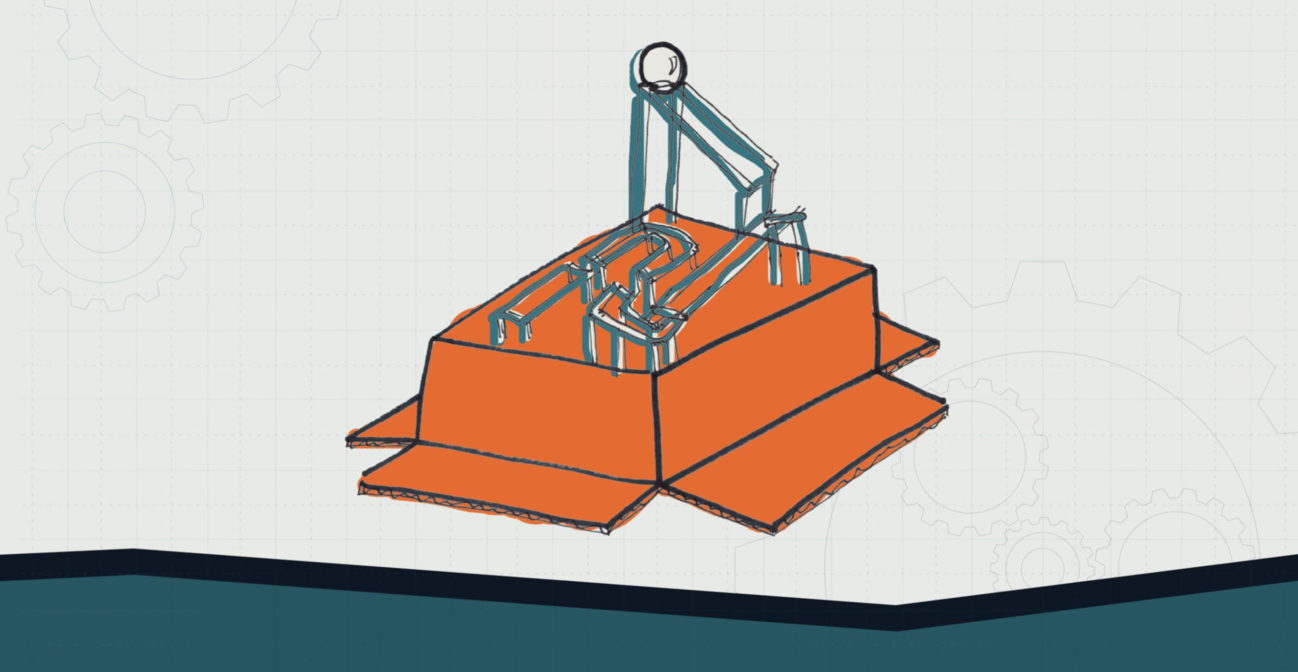Join us for conversations that inspire, recognize, and encourage innovation and best practices in the education profession.
Available on Apple Podcasts, Spotify, Google Podcasts, and more.

ELEMENTARY SCHOOL — LEVEL 3
The world’s oldest roller coaster dates back to 1912 and still stands today in Luna Park, Melbourne. With some simple
materials and a hot glue gun, kids will engineer a roller coaster track for a ping pong ball. What creates the motion? What will make this roller coaster go?
MATERIALS NEEDED:
❏ Straws
❏ Ping pong ball
❏ Cardboard box
DIRECTIONS:
NEXT LEVEL:
OBJECTIVE: Kids will be able to design simple roller coasters as means of converting one form of energy to another and its relationship to the speed of an object.
ESSENTIAL QUESTION(S):
1. Child conducts investigations of objects rolling down ramps to observe the effects on speed.
a. Child may change the height;
b. Child may change the mass of the object;
c. But not at the same time!
2. Child should record observations from experimenting.
3. Make claims from evidence on the effect of energy on speed of an object:
a. Where does the energy come from?
b. How does that energy convert to speed?
4. Child creates an explanation of their findings.
1. Use PhET simulation “Skate Park”
a. Phet.colorado.edu “Skate Park Basics”
b. Allow child to explore the simulator:
i. First in basic mode;
ii. Then, allow the playground mode.
c. Ask child to record observations on what affects the speed and energy of an object:
i. Changing mass
ii. Changing height of the ramp
iii. Effects on speed
2. Discuss your child’s findings with them.
3. Clear up your child’s misconceptions.
1. Child designs and creates their own roller coaster.
a. Incorporate their learning from the above activities to be successful.
2. Child produces a detailed drawing of their rollercoaster.
a. Identify energy conversions and speed at critical points
b. Identifying constraints in their designs.
NGSS CONNECTION:
4-PS3-1. Use evidence to construct an explanation relating the speed of an object to the energy of that object.
4-PS3-4. Apply scientific ideas to design, test, and refine a device that converts energy from one form to another.*
COMMON CORE CONNECTION:
ELA/Literacy
RI.4.1 Refer to details and examples in a text when explaining what the text says explicitly and when drawing inferences from the text.
RI.4.3 Explain events, procedures, ideas, orconcepts in a historical, scientific, or technical text, including what happened and why, based on specific information in the text.
RI.4.9 Integrate information from two texts on the same topic in order to write or speak about the subject knowledgeably.
W.4.2 Write informative/explanatory texts to examine a topic and convey ideas and information clearly.
W.4.8 Recall relevant information from experiences or gather relevant information from print and digital sources; take notes and categorize information, and provide a list of sources.
W.4.9 Draw evidence from literary or informational texts to support analysis, reflection, and research.
Mathematics
4.OA.A.3 Solve multistep word problems posed with whole numbers and having whole-number answers using the four operations, including problems in which remainders must be interpreted. Represent these problems using equations with a letter standing for the unknown quantity. Assess the reasonableness of answers using mental computation and estimation strategies including rounding.
DOK:
Level 2: Concept
Level 3: Strategic Thinking
Level 4: Extended Thinking